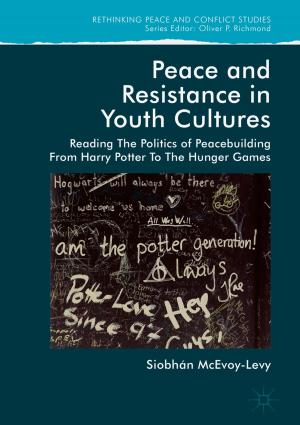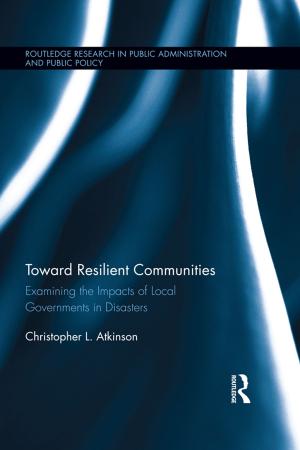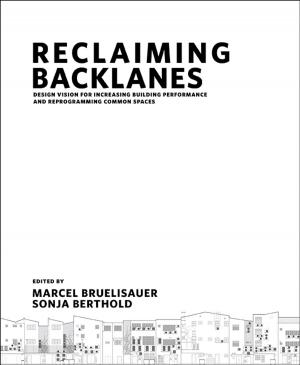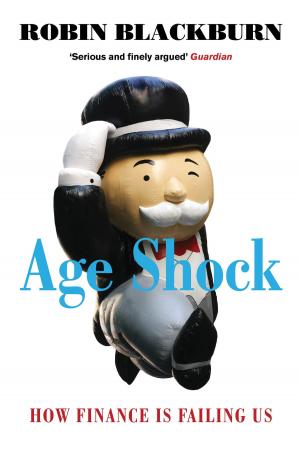A Civil War Compendium
Nonfiction, Entertainment, Drama, American, Social & Cultural Studies, Political Science| Author: | Norman Ball | ISBN: | 9781301364671 |
| Publisher: | Norman Ball | Publication: | July 2, 2013 |
| Imprint: | Smashwords Edition | Language: | English |
| Author: | Norman Ball |
| ISBN: | 9781301364671 |
| Publisher: | Norman Ball |
| Publication: | July 2, 2013 |
| Imprint: | Smashwords Edition |
| Language: | English |
SIDES (a musical play): The year is 1915. A few short months after the sinking of the RMS Lusitania and a
mere fifty years after the conclusion of the Civil War, passions are once again running high across America. Entry into WWII appears imminent. Anti-German sentiment is at a fever pitch. Henry Fleming, a young Union soldier during the Civil War and protagonist of The Red Badge of Courage, is now a 70-year-old veteran.
Fleming recognizes his own misguided exuberance in the young Gabe Sander, a boy from a neighboring farm. Through music, the case is pressed for love, humanity and conciliation over conflict. But can Gabe be disabused of his boyhood notions just as looming war tugs at his youthful sense of adventure
YOURS (a play): True story! Between 1861 and 1863, Union Lieutenant Richard M. Goldwaite and his wife Ellie Hill, exchanged over 150 love letters while Richard served in the Civil War mostly in Virginia. For almost a century and a half, the letters were hidden away in a Southern attic, encased in their original envelopes complete with canceled stamps. Almost every one of these extraordinary love letters ends with the words, “Burn this! Don’t let anyone read it. The words are for your heart and eyes only.” Astonishingly, the letters survived. Now you can share the secrets, the fears and the love between Richard and Ellie in Richard Stafford’s wonderful play.
Written in 1895, The Red Badge of Courage was one of the first novels to probe war’s elemental chaos and horror. The grim carnage that Civil War photographer Mathew Brady chronicled with his camera, author Stephen Crane further cemen-
ted with startling, realistic prose. Ominously, today’s blue and red divide echoes the old blue and gray antagonisms. If anything has been learned in the ensuing years, surely it is that during times of crisis brother must charge towards brother, not with bayonets extended, but with a redoubled sense of shared humanity. Alas much easier said than done. But perhaps if said enough, and in new and compelling ways, a wall or two might come tumbling down.
SIDES (a musical play): The year is 1915. A few short months after the sinking of the RMS Lusitania and a
mere fifty years after the conclusion of the Civil War, passions are once again running high across America. Entry into WWII appears imminent. Anti-German sentiment is at a fever pitch. Henry Fleming, a young Union soldier during the Civil War and protagonist of The Red Badge of Courage, is now a 70-year-old veteran.
Fleming recognizes his own misguided exuberance in the young Gabe Sander, a boy from a neighboring farm. Through music, the case is pressed for love, humanity and conciliation over conflict. But can Gabe be disabused of his boyhood notions just as looming war tugs at his youthful sense of adventure
YOURS (a play): True story! Between 1861 and 1863, Union Lieutenant Richard M. Goldwaite and his wife Ellie Hill, exchanged over 150 love letters while Richard served in the Civil War mostly in Virginia. For almost a century and a half, the letters were hidden away in a Southern attic, encased in their original envelopes complete with canceled stamps. Almost every one of these extraordinary love letters ends with the words, “Burn this! Don’t let anyone read it. The words are for your heart and eyes only.” Astonishingly, the letters survived. Now you can share the secrets, the fears and the love between Richard and Ellie in Richard Stafford’s wonderful play.
Written in 1895, The Red Badge of Courage was one of the first novels to probe war’s elemental chaos and horror. The grim carnage that Civil War photographer Mathew Brady chronicled with his camera, author Stephen Crane further cemen-
ted with startling, realistic prose. Ominously, today’s blue and red divide echoes the old blue and gray antagonisms. If anything has been learned in the ensuing years, surely it is that during times of crisis brother must charge towards brother, not with bayonets extended, but with a redoubled sense of shared humanity. Alas much easier said than done. But perhaps if said enough, and in new and compelling ways, a wall or two might come tumbling down.















